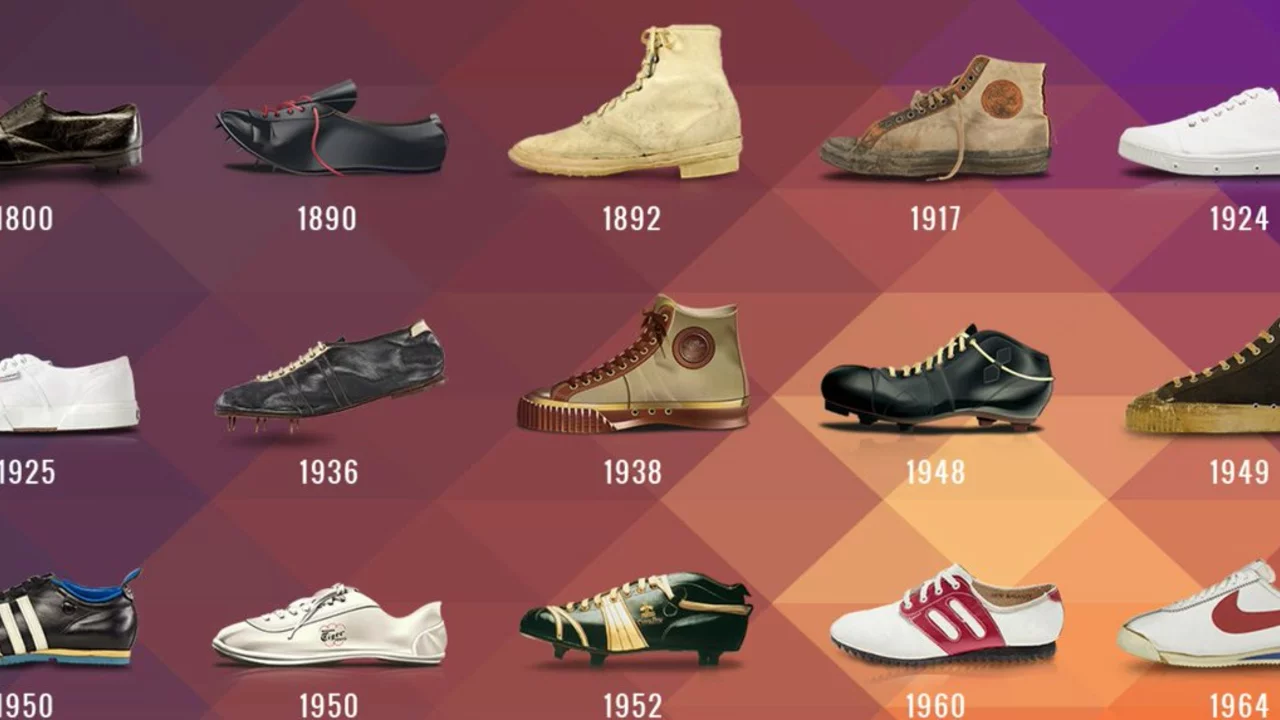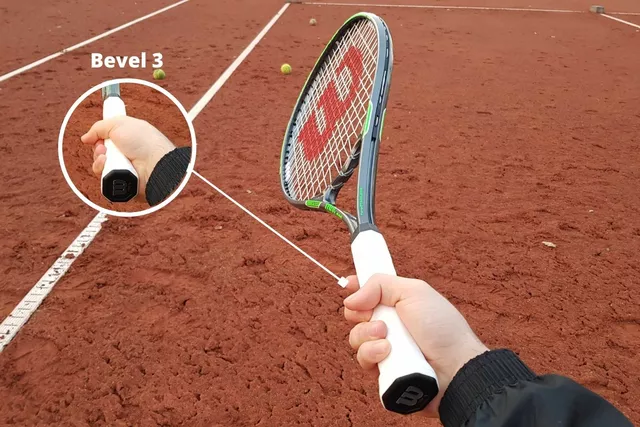Find the Right Tennis Shoes for Your Game
If you play tennis, the shoes you wear matter more than you think. A good pair gives you grip on the court, protects your feet, and helps you move faster. Bad shoes can cause sore ankles, blisters, and slower footwork. The right choice isn’t about flashy brands; it’s about fit, support, and durability.
How to Pick the Right Tennis Shoes
First, check the fit. Your toes should have a little wiggle room, and the heel should stay snug when you run. Walk around the store and feel how the shoe flexes. If it feels stiff, it will feel even tighter when you play.
Second, think about the court surface. Clay courts need shoes with a herringbone tread for easy sliding. Hard courts require a tougher outsole to handle the impact. Grass courts need a flat, non‑marking sole that won’t dig into the grass.Third, consider cushioning. If you’re a baseline player who does a lot of stopping and starting, look for extra mid‑foot cushioning. If you’re at the net a lot, a lighter shoe with a responsive feel works better.
Finally, look at durability. Shoes with reinforced toe caps and sturdy sidewalls last longer, especially if you play several times a week. Cheap shoes break down fast and cost more in the long run.
Top Picks for Every Level
Beginners: The Asics Gel‑Resolution gives solid support and a comfortable fit without breaking the bank. It works well on hard and clay courts.
Intermediate: The New Balance 996v4 offers great stability and a durable outsole, perfect for players who start to add more aggressive footwork.
Advanced: The Wilson Rush Pro 3.5 combines lightweight feel with high‑traction soles, giving pros the quickness they need on fast courts.
All‑court option: The Adidas Barricade handles both hard and clay surfaces, making it a versatile choice if you play on different courts throughout the year.
Remember to replace your shoes every 6‑9 months or when you notice worn‑out soles. Even the best shoes lose grip over time, and that can affect your performance and increase injury risk.
In short, pick shoes that fit well, match your court, give the right amount of cushioning, and stand up to wear. With the right pair, you’ll move better, play longer, and enjoy every match more.

Why are all general sneakers called tennis shoes?
In my latest blog post, I explored why we often refer to all general sneakers as "tennis shoes". This commonality is rooted in history when the first rubber-soled shoes, designed for playing tennis, entered the market. Over time, this name stuck and became a generic term for all rubber-soled athletic shoes, regardless of the specific sport they were designed for. So, even though we've got basketball shoes, running shoes, and more, we still often call them all "tennis shoes". It's an interesting tidbit of fashion and sports history that continues to influence our language today.
Detail



